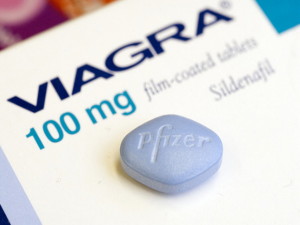We have all had those moments where we crave a certain food and find yourself thinking about how and when you can satisfy this craving. Known as comfort food, you are aware this specific food will make you feel instantly good, even though it might not be great for your long-term health.
In 1999, an article was published in the Public Health Nutrition journal explaining that said foods prompt the body to release endorphins, triggering positive feelings throughout the brain and body. But that is just a temporary satisfying reaction because the real effect of food on mood happens over time. Because of our internal organs needing nutrients to function properly, we need to create a steady flow of nutrients within our diets to maintain good health ultimately resulting in good moods.
In a 2009 study, researchers found that as many as 38 percent of adults with depressive disorders were low or deficient in folate, which is found in fruits and vegetables. Researchers reported that the deficiency might impair the body’s ability to produce neurotransmitters that act as vital mood stabilizers.
Eating good food promotes overall health and fitness, but what you choose to eat also impacts the way you feel and your attitude/mood. Research states that not only can the food affect your mood, but also the mood you’re in can influence the kind of foods you crave and consume. Avidly including a wide variety of vegetables, fruits, wholegrain cereals, low-fat dairy, lean meat and oily fish in your daily diet, can cause a reduction in mood swings, depression and anxiety. Basically, the nutrients found in healthy foods work together to produce the “feel-good” hormone serotonin in your brain, which is proven to improve mood and feelings of relaxation.
There are several aspects to explore in an attempt to prove that food affects our moods. Researchers should not just solely become fixated on the nutritional characteristics of foods. Within these studies, I think the researchers need to include more complex studies directly correlating to the relationship between food and frame of mind. For example, including the time of day, the amount of food consumed, or the age and dietary history of the participants, could help to go more in depth regarding the correlation between food and moods.
In 1983, a study was performed on 184 adults. They either consumed a protein-rich meal or a carbohydrate-rich meal. Two hours later their mood and performance were assessed. Surprisingly, the effects of the meal differed for female vs. male subjects and for younger vs. older participants. For example, females resulted in greater sleepiness after a carbohydrate meal whereas males reported greater calmness.
Through research studies, we can confidently conclude that eating a well-balanced diet will improve not only physical health, but also mental health through improved moods and attitudes.
http://dujs.dartmouth.edu/fall-2010/you-are-what-you-eat-how-food-affects-your-mood#.VmFQ5oQk_ww
http://www.livescience.com/36098-food-affect-mood-nutrients.html
http://m.livescience.com/46256-health-check-how-food-affects-mood-and-mood-affects-food.html

















